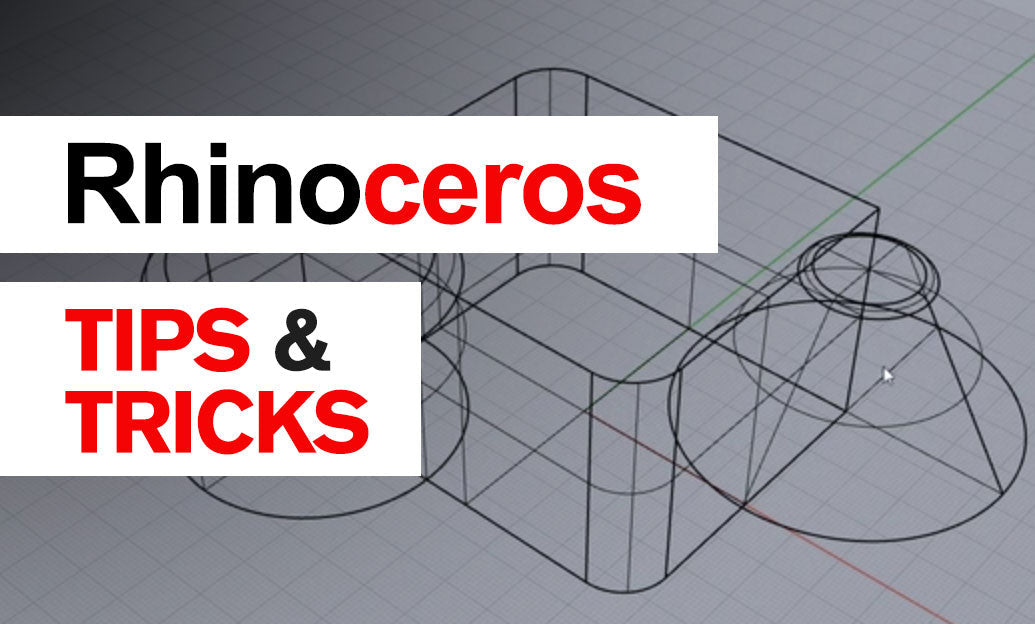Your Cart is Empty
"Great customer service. The folks at Novedge were super helpful in navigating a somewhat complicated order including software upgrades and serial numbers in various stages of inactivity. They were friendly and helpful throughout the process.."
Ruben Ruckmark
"Quick & very helpful. We have been using Novedge for years and are very happy with their quick service when we need to make a purchase and excellent support resolving any issues."
Will Woodson
"Scott is the best. He reminds me about subscriptions dates, guides me in the correct direction for updates. He always responds promptly to me. He is literally the reason I continue to work with Novedge and will do so in the future."
Edward Mchugh
"Calvin Lok is “the man”. After my purchase of Sketchup 2021, he called me and provided step-by-step instructions to ease me through difficulties I was having with the setup of my new software."
Mike Borzage
July 17, 2024 2 min read

Embracing best practices in Revit can significantly enhance productivity, especially for small firms seeking to maximize efficiency with limited resources. Here are some tailored tips for small architectural or engineering practices looking to implement Revit effectively:
By incorporating these best practices, small firms can leverage Revit to compete effectively in the market, ensuring that projects are delivered with high quality and efficiency. For more in-depth information on Revit tools and methodologies, consider exploring the extensive offerings at NOVEDGE, which can provide valuable assistance in advancing your Revit capabilities.
You can find all the Revit products on the NOVEDGE web site at this page.

July 25, 2025 9 min read
Read More
July 25, 2025 7 min read
Read More
July 25, 2025 3 min read
Read MoreSign up to get the latest on sales, new releases and more …